How many kinds of bear can you list? The brown bear, the black bear, the polar bear, and – if you did not sleep in your biology class – the giant panda who belongs to the bear family, too.
In fact, there are a total of eight species of bears worldwide. Slide the gallery below to meet them all:
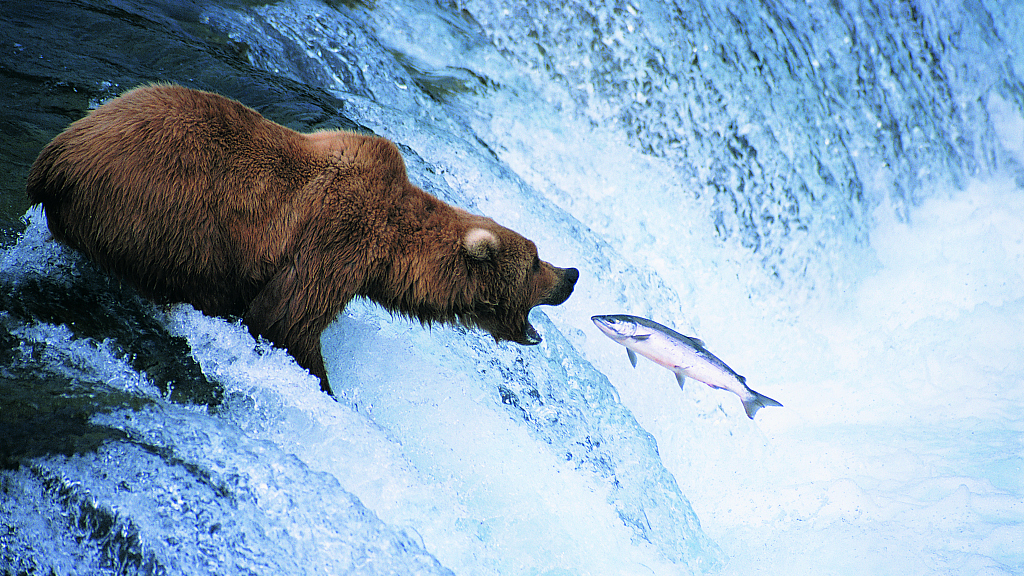
The brown bear from northern Eurasia and North America. /VCG Photo
The brown bear from northern Eurasia and North America. /VCG Photo
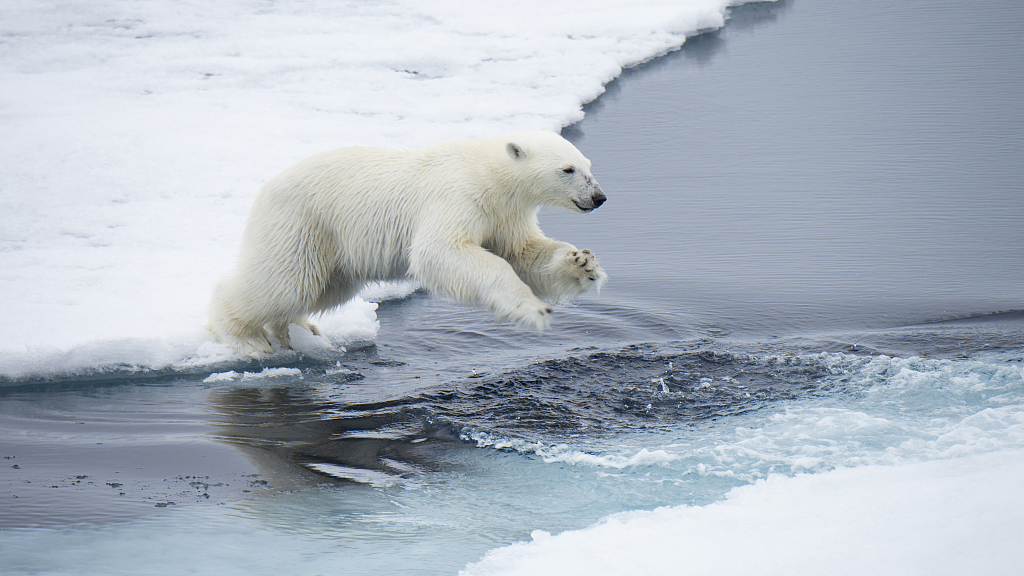
The polar bear from the Arctic circle. /VCG Photo
The polar bear from the Arctic circle. /VCG Photo
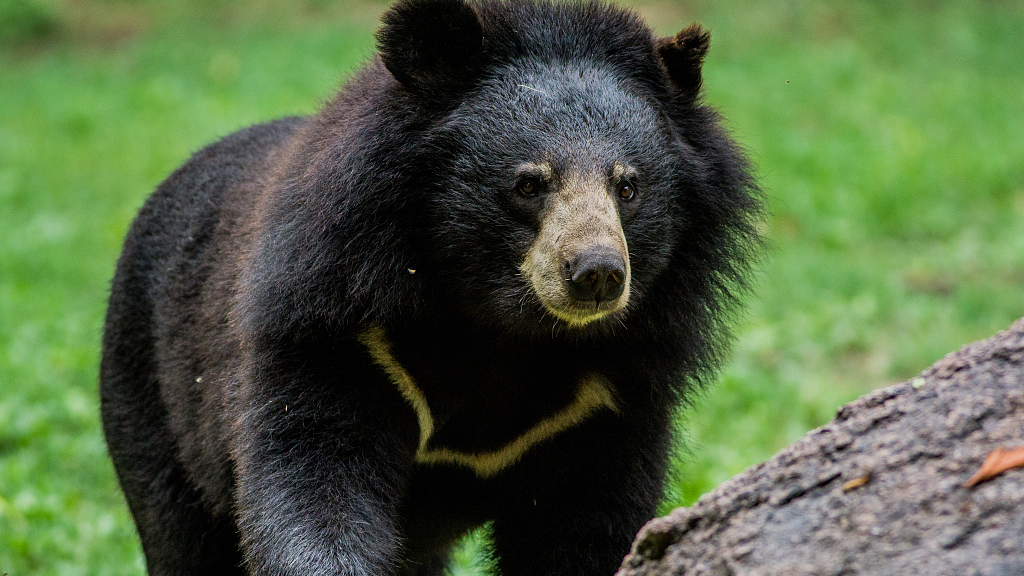
The Asian black bear, native to Asia. /VCG Photo
The Asian black bear, native to Asia. /VCG Photo
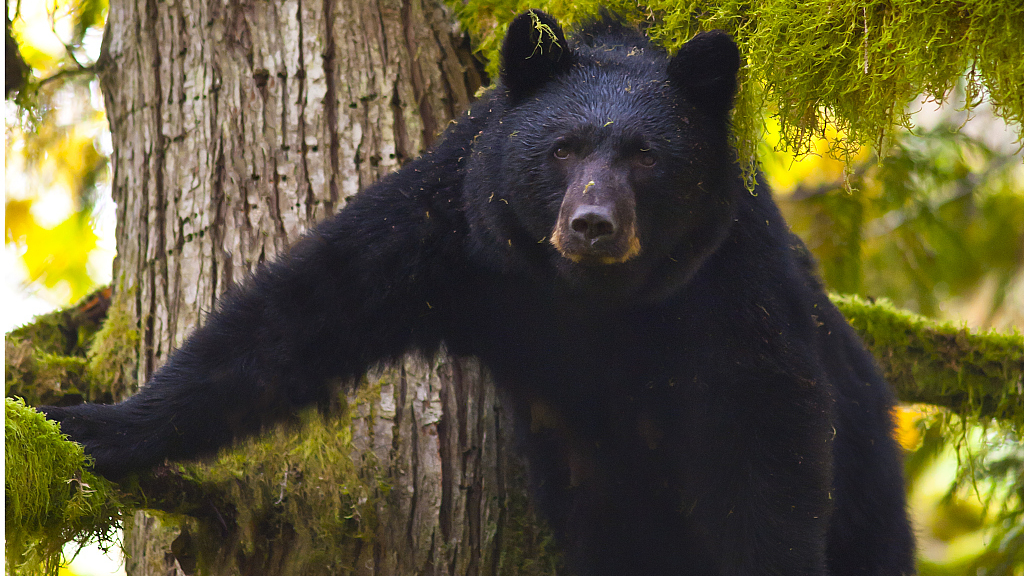
The American black bear, native to North America. /VCG Photo
The American black bear, native to North America. /VCG Photo
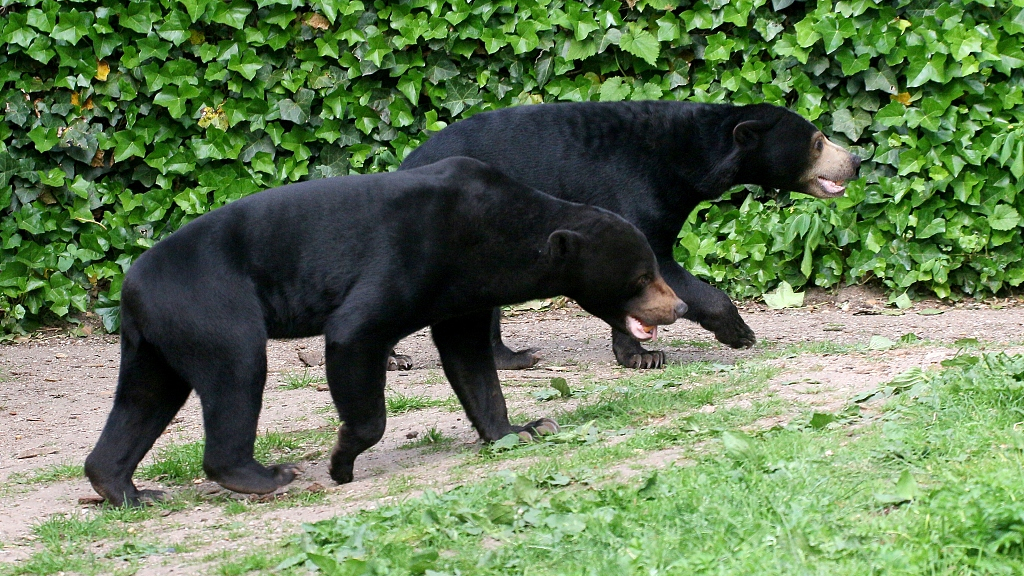
The sun bear from Southeast Asia. /VCG Photo
The sun bear from Southeast Asia. /VCG Photo
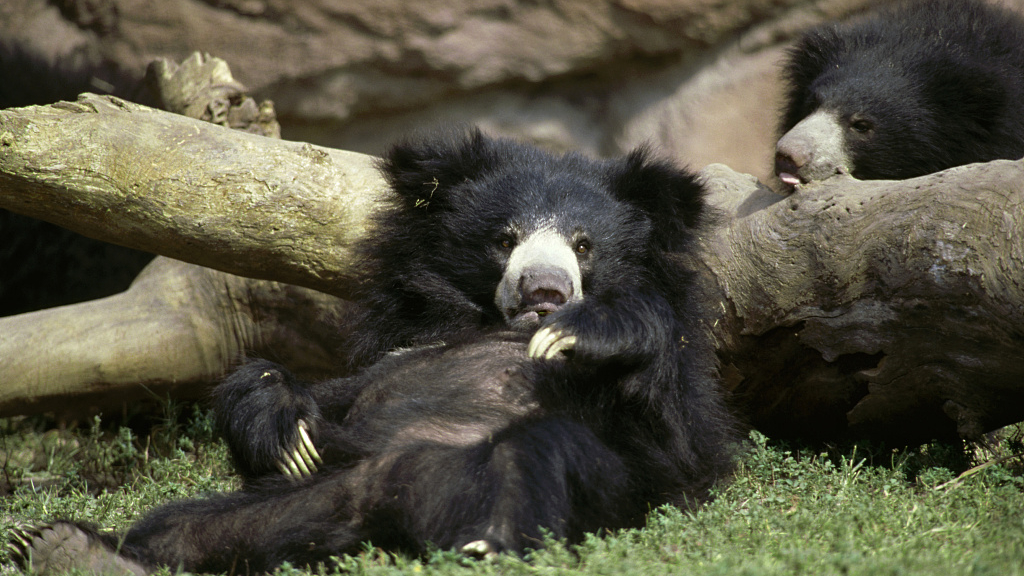
The sloth bear from Indian subcontinent. /VCG Photo
The sloth bear from Indian subcontinent. /VCG Photo
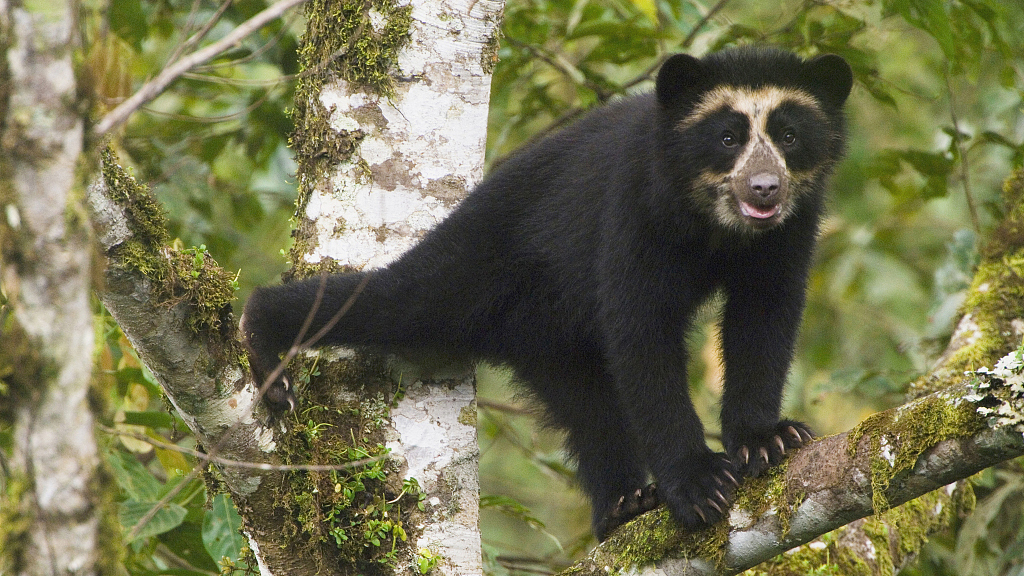
The spectacled bear from South America is the only bear in that continent, living in Andes Mountain area. /VCG Photo
The spectacled bear from South America is the only bear in that continent, living in Andes Mountain area. /VCG Photo
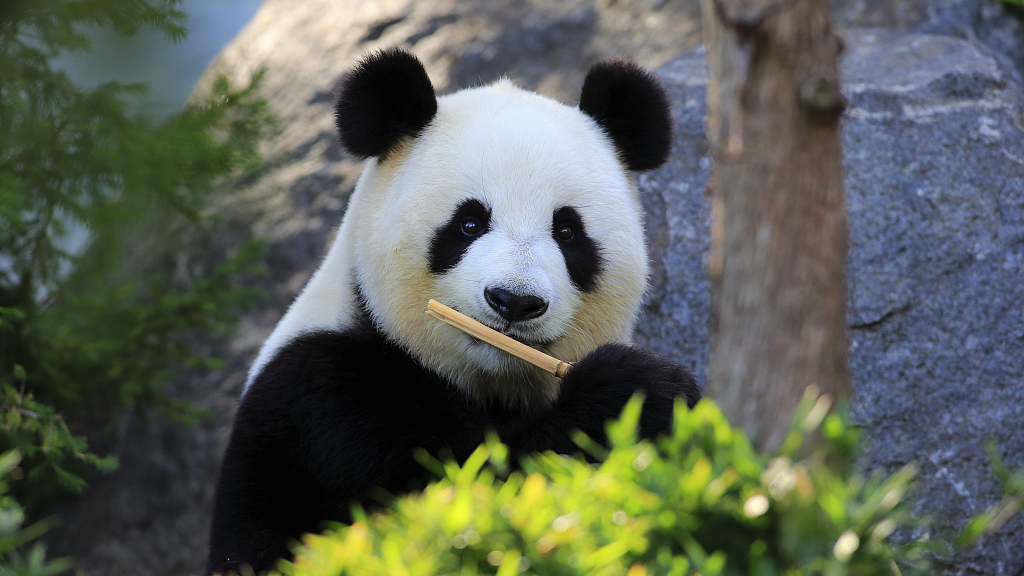
The giant panda from China. /VCG Photo
The giant panda from China. /VCG Photo
Among the eight species of the lovely, attractive bear family, China has four of them: The brown bear, the Asian black bear, the sun bear, and the most famous superstar: The giant panda.
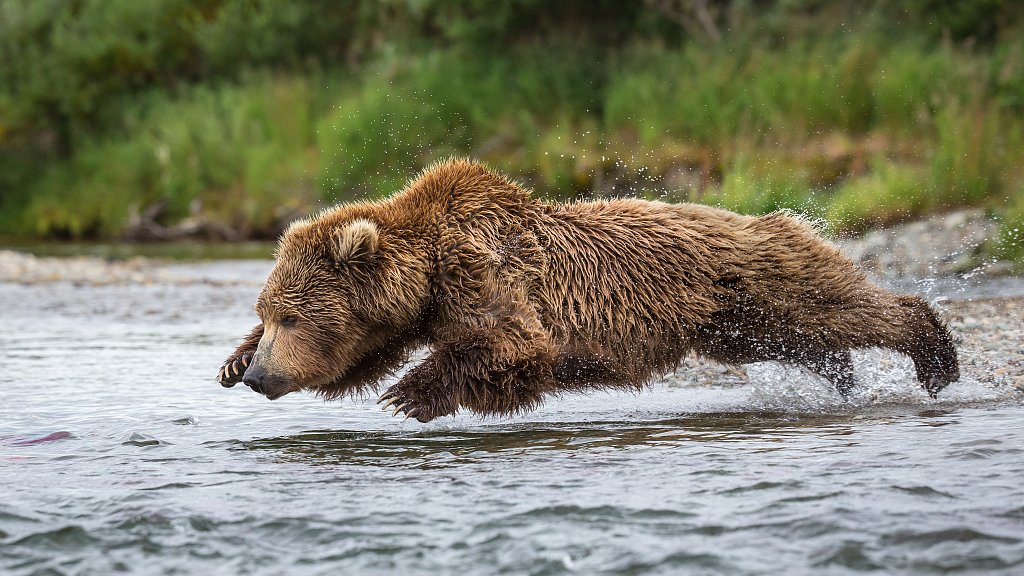
The brown bear is found in northeast China. It is under second-class national protection in this country. /VCG Photo
The brown bear is found in northeast China. It is under second-class national protection in this country. /VCG Photo
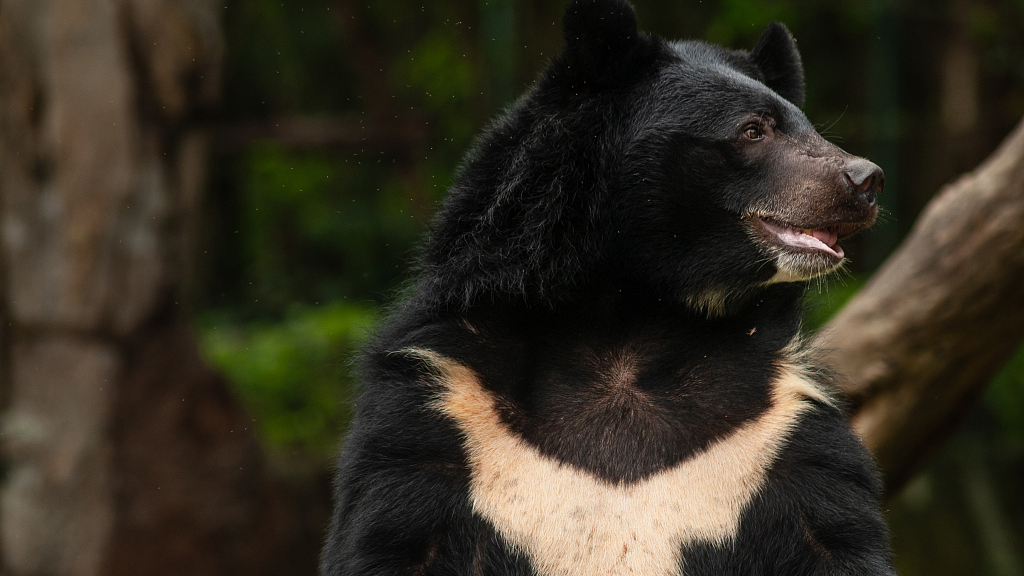
China has three subspecies of Asian black bear, living in southwest China's Tibet Autonomous Region and Sichuan Province, and northeast China, as well as in Taiwan. As first-class protected animal in China, the black bears shares habitats with tigers, leopards and pandas. The country has taken multiple measures to crack down on poaching and illegal body parts trading of the species. /VCG Photo
China has three subspecies of Asian black bear, living in southwest China's Tibet Autonomous Region and Sichuan Province, and northeast China, as well as in Taiwan. As first-class protected animal in China, the black bears shares habitats with tigers, leopards and pandas. The country has taken multiple measures to crack down on poaching and illegal body parts trading of the species. /VCG Photo
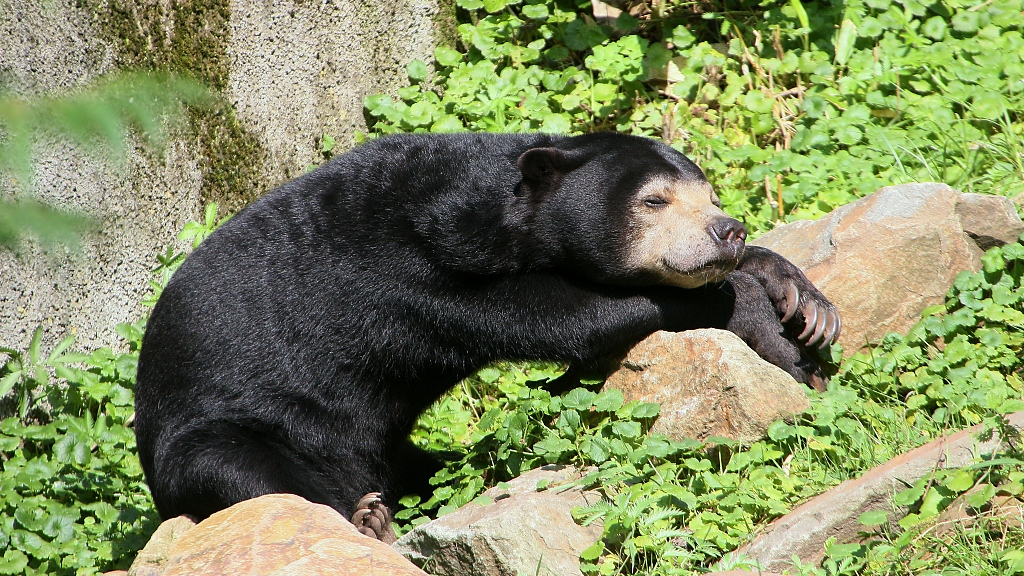
The sun bear lives in the tropical rainforest in southeastern Asia. In China, they can be found in the southwestern province of Yunnan. It is the smallest bear, measuring only 1.2 to 1.5 meters. The super-long tongue helps it foraging insects and grubs. The sun bear has a sweet tooth; fruits and honey (together with honeybees) are its favorites. /VCG Photo
The sun bear lives in the tropical rainforest in southeastern Asia. In China, they can be found in the southwestern province of Yunnan. It is the smallest bear, measuring only 1.2 to 1.5 meters. The super-long tongue helps it foraging insects and grubs. The sun bear has a sweet tooth; fruits and honey (together with honeybees) are its favorites. /VCG Photo
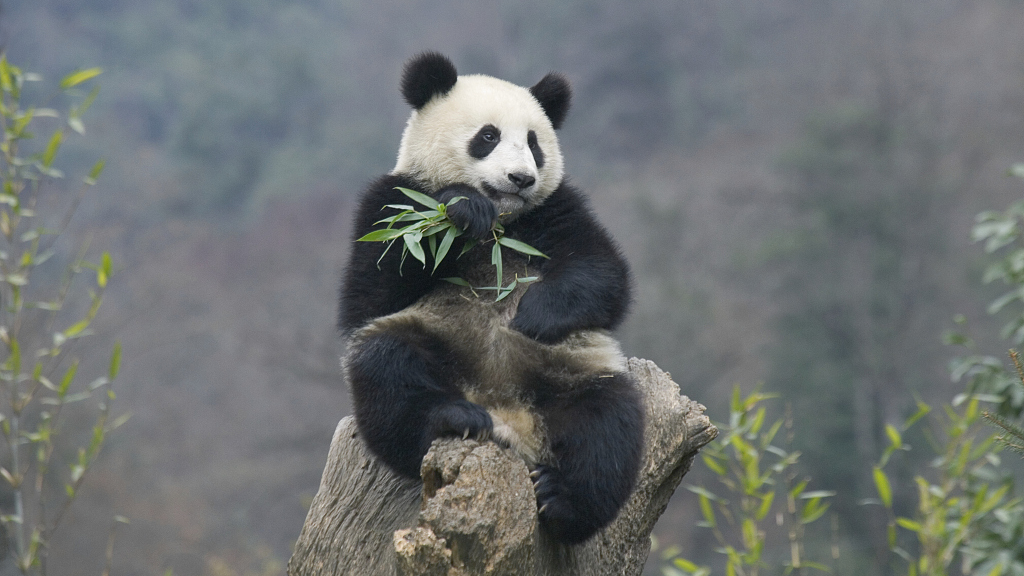
Everybody loves the giant panda! Do you know exactly how many wild giant pandas are there in China? The number is 1,864. China has taken great efforts in the protection and conservation of the beloved animal, ensuring an increase in its population. In the past decade, giant panda numbers have risen by 17 percent. The IUCN red list has downgraded the giant panda from "endangered" to "vulnerable" in 2016. /VCG Photo
Everybody loves the giant panda! Do you know exactly how many wild giant pandas are there in China? The number is 1,864. China has taken great efforts in the protection and conservation of the beloved animal, ensuring an increase in its population. In the past decade, giant panda numbers have risen by 17 percent. The IUCN red list has downgraded the giant panda from "endangered" to "vulnerable" in 2016. /VCG Photo
According to the IUCN red list, six of eight bear species are evaluated as "vulnerable" (only the brown bear and the American black bear are classified as "least concern"). The several species that inhabit in Southeast and South Asia are mainly threatened by habitat loss caused by deforestation and hunting. The best thing people can do for them is to stop consuming wildlife products.
(Cover image via VCG)
(If you want to contribute and have specific expertise, please contact us at nature@cgtn.com.)